More than 3 million Americans pack their bags to go on ice climbing trips every year. While these adventures are indeed attractive and urge you to push your boundaries to the limit, they come with a lot of challenges. For instance, you get exposed to the raw power of winter and have to battle against frozen waterfalls and towering ice formations, where ice climbing usually happens. That is why every climber needs to carefully prepare their gear so that they do not forget to carry essential items, without which ice climbing becomes impossible. One of the most important items to carry on an ice climbing trip is the portable battery pack that helps you power all the electrical appliances you carry on your trip. Jackery has a range of highly efficient, reliable, and portable power stations designed to meet the needs of different types of climbers.
Let's have a look at what ice climbing tools and gear you need to pack during an ice climbing trip.
Ice Climbing Gear Checklist
While stepping out for an ice-climbing adventure, do not forget to carry the following ice-climbing equipment with you:
Climbing Shoes
Specialized climbing shoes are vital for achieving climbing stability and required warmth in tough weather conditions. Look for rigid soles to support crampons effectively and prioritize insulation to keep your feet warm in icy conditions.
Ice Axes
Ice axes come in two major types: single axes and double axes. Single axes work well for general use, while double axes provide better control on steep and technical climbs. While selecting the best ice axes is critical, properly maintaining them is equally important. Always inspect the pick and shaft for wear, and sharpen the pick regularly for optimal performance.
Crampons
Crampons also come in different varieties, such as aluminum crampons and steel crampons. Aluminum crampons are lightweight and suited for moderate climbs, while steel crampons are durable and ideal for tough terrain. Always ensure that crampons fit snugly into your climbing shoes. Do not forget to practice attaching them before starting your ice-climbing journey.
Safety Rope and Protection Gear
Dynamic and static are the two types of ropes used in ice climbing. Dynamic ropes are designed to stretch slightly, which helps absorb the impact of a fall. In contrast, static ropes do not stretch and are better suited for tasks like rappelling or hauling gear, where minimal elasticity is needed. Also include other protective items like quickdraws, anchors, and belay devices in your backpack for a secure climb.
Climbing Helmet
In order to protect your head from falling ice and accidental bumps, lightweight helmets with adjustable straps and ventilation are non-negotiable.
Clothing and Protective Gear
Layered clothing is a secret to staying comfortable in extreme weather conditions. Divide your clothes into the following layers.
- Base Layer: Wicking fabrics to keep moisture away from your skin.
- Insulation Layer: Down or synthetic materials to retain heat.
- Outer Layer:Waterproof and windproof gear to shield against the harsh weather elements. Don’t forget insulated gloves, a face mask, and goggles for full protection.
Backpack
Choose a climbing-specific backpack with reinforced loops for ice tools, hydration compartments, and room for some extra luggage. Try to choose the backpacks that work best for mobility.
Other Essential Gear
Some other essential ice climbing gear items to carry include:
- First Aid Kit:A compact kit with essentials like bandages and antiseptic can be lifesaving.
- Lighting Equipment:A reliable headlamp ensures visibility during early starts or unexpected delays.
- Water and Food Solutions:Use insulated water bottles and pack high-calorie snacks to stay fueled and hydrated throughout the journey.
- Portable Power Station: Always carry a lightweight and portable power station that can power your electrical appliances throughout the journey. This will help you stay safe and secure throughout the trip.

Ice Climbing Techniques and Safety Tips
Ice climbing demands skill, preparation, and a constant focus on safety. Let's have a look at some basic techniques and safety tips every climber must follow in order to enjoy their experience to the fullest.
Overview of Basic Techniques
Effective ice climbing starts with mastering a few core techniques, such as:
- Foot Placement:Use the front points of your crampons for precise footing. Kick gently into the ice to avoid breaking its surface unnecessarily.
- Ice Ax Swing:Aim for a controlled and deliberate swing that plants the pick securely into the ice. Avoid overexertion, which can reduce efficiency and tire you out quickly.
- Body Position:Keep your body close to the ice to maintain balance. Distribute weight evenly between your hands and feet for better stability.
Importance of Safety to Prevent Accidents
Ice climbing comes with inherent risks, but careful planning and adherence to safety guidelines can minimize these dangers. Here are some safety measures to follow:
- Always assess the ice’s condition before climbing. Cracks, hollow sounds, or thin sections usually signal unstable surfaces.
- Wear a helmet to protect against falling debris or accidental impacts.
- Inspect all gear thoroughly before use and make sure that ropes, crampons, and axes are in top condition.
- Know your limits and avoid overreaching physically or technically. Pushing too far increases the chance of accidents.
The Importance of Professional Training
Ice climbing is a highly technical and demanding sport that requires professional guidance to ensure safety and skill development. It is essential to:
- Enroll in training courses led by certified instructors who can teach you proper techniques and safety protocols.
- Practice in controlled environments before attempting climbs in more challenging natural settings.
- Learn essential rescue and emergency procedures, which are crucial for handling unforeseen situations.
Investing in professional training not only enhances your confidence but also significantly reduces the risks associated with ice climbing.
Climbing in Pairs and Communication Tips
Climbing with a partner makes you feel safer and dramatically increases your climbing efficiency. Clear communication between the partners is the key to a successful ascent. Here are some important communication tips that will exponentially enhance your climbing experience.
- Commands: Agree on standardized commands for belaying, lowering, and stopping. This prevents misunderstandings in high-stress situations.
- Positioning: Maintain a safe distance between climbers to avoid falling ice or tools causing harm.
- Check-Ins: Regularly check on each other’s physical and mental state, especially during longer climbs in cold conditions.
Recommended Ice Climbing Locations in the United States
The United States is filled with attractive and charming ice-climbing venues that continue to attract adventurers year after year. This is the reason why a large number of Americans go on ice-climbing pursuits every year.
Let's have a look at the top ice-climbing venues in the US:
1. Glacier National Park (Montana)
Glacier National Park of Montana has stunning landscapes and diverse climbing routes. The park offers world-class ice climbing opportunities, mostly suited for experienced climbers. Many of the routes are direct, exposed, steep, and logistically complex, providing a challenging yet rewarding experience.
2. Yosemite National Park (California)
While Yosemite is famed for its rock climbing, it also offers exceptional ice climbing experiences during the winter months. The park has magnificent ice formations, especially near June Lake, where waterfalls and leaking aqueducts in Lee Vining Canyon freeze into crystal blue ice in winter to create accessible and challenging routes for climbers of various skill levels.
3. White Mountains (New Hampshire)
You can easily find reliable ice conditions and a variety of climbing routes for every skill level in the White Mountains of New Hampshire. New England winter scenery is one of the most popular highlights of this region.
4. Aspen (Colorado)
Aspen, Colorado, is a popular destination that combines ice climbing with other winter sports. It is easy to find different ice climbing routes, such as frozen waterfalls and ice-covered rock faces, that promise to bring some sort of adventure for every skill level. Aspen's vibrant winter sports community and stunning mountain vistas also make it an attractive destination.
5. Alaska
Alaska's pristine glacial environments provide ideal conditions for experienced ice climbers seeking remote and challenging climbs. The state's vast wilderness areas have numerous glaciers and ice formations, which offer unparalleled opportunities for adventure.
All of these ice-climbing locations promise unique experiences and adventure. However, the key to success is to prepare your backpack carefully before starting on such daring trips.
While every climber packs more or less the same ice climbing gadgets, there is one item, a portable power station, that can get overlooked since not every climber is aware of the tough challenges that lie ahead of them in challenging weather conditions.
These power stations keep all your essential electronics running even in the most challenging weather conditions and the remotest of locations. Let’s have a look at the top portable power stations that are famous among ice climbers.

Jackery Ice Climbing Gears Recommendation
Jackery brings top-notch portable power stations for a wide range of climbing needs. Let's have a look at the top two portable power banks for ice climbers:
1. Jackery Solar Generator 500
The Jackery Solar Generator 500 combines reliability and efficiency in one small powerpack that is easy to carry on any ice climbing trip.
It brings the following advantages for you:
- Capacity and Performance:This portable power station is equipped with a 518Wh capacity and a 500W inverter (1000W surge). This means that you can power almost all the important devices such as mobile phones, GPS, laptops, smart watches, drones, camping lights, space heaters, and much more.
- Port Options:In this power station, you get three USB-A ports, an AC outlet, and two DC outputs that allow you to plug in and power multiple devices at the same time.
- Three Charging Methods:You can easily recharge this power station using solar panels in 9.5 hours, an AC adapter in 7.5 hours, or a 12V car outlet while heading towards the ice climbing destination in only 7.5 hours.
- Durable and Quiet:Both the Jackery power station and the solar panels are made for a rugged environment and can work in a wide range of temperature conditions. The power station has an operating usage temperature of -10-40℃ (14-104℉), while the solar panels can operate from -4-149°F (-20-65℃).
- Portability:With a compact, basketball-sized design and a solid handle, the Jackery Explorer 500 portable power station is easy to carry. The Jackery SolarSaga 100W Solar Panel is also lightweight, foldable, and portable and only weighs 7.94 lbs ±66 lbs.
2. Jackery Solar Generator 300 Plus
The Jackery Solar Generator 300 Plus is the most portable option in the Jackery power station lineup. It combines the Jackery Explorer 300 Plus Power Station with the Jackery SolarSaga 40W Solar Panel and comes with the following features.
- Compact and Lightweight:With a weight of only 11 lbs, the Jackery Solar Generator 300 Plus can easily fit in a backpack, which makes it a great companion for climbers looking to minimize the weight of their luggage.
- Powerful Yet Portable:With a capacity of 288Wh and a power output of 300W, this power station can run most essential appliances such as phones, drones, cameras, and even small electrical equipment.
- Ultra-Fast Charging:It offers four charging options, including solar charging (9.5 hours), wall charging (2 hours), car charging (5.5 hours), and USB-C charging (2.8 hours).
- Safety and Durability:It comes with a lithium iron phosphate (LiFePO4) battery with a 10-year lifespan and 52 protective mechanisms to ensure safe operation.
Wrapping-Up
Ice climbing is a thrilling adventure that pushes your physical and mental limits in extreme weather conditions, where temperatures often plummet to record lows. While this adventure always calls for daring individuals, only those who pack their bags carefully with proper gear end up enjoying such trips. While the exact gear you want to carry on these trips may differ from person to person based on their expertise and the amenities available at the climbing location, every climber has to carry a portable power station to get rid of electricity worries in extreme weather conditions. Jackery portable power generators help you achieve this energy independence by offering you reliable, efficient, and portable power on the go. So, pack your gear, embrace the cold, and set out on an adventure that will push your boundaries and reward you with unforgettable memories.
Appendix
Recommended Ice Climbing Training Courses
- American Alpine Institute Ice Climbing Courses
- Intro to Ice Climbing by Northwest Alpine Guides
- Mount Baker North Ridge by Northwest Alpine Guides
- Colorado Climbing Company Ice Climbing Courses
- International Mountain Climbing School Ice Climbing Programs
Recommended Ice Climbing Books
- "How to Ice Climb!" by Tim Banfield and Sean Isaac
- "Climbing Ice" by Yvon Chouinard
- "Ice World: Techniques and Experiences of Modern Ice Climbing" by Jeff Lowe
- "The Art of Ice Climbing" by Jerome Blanc-Gras and Manu Ibarra
- "Extreme Alpinism: Climbing Light, Fast, and High" by Mark Twight
Relevant Websites and Community
- American Alpine Club
- Mountain Project
- Rock and Ice Magazine
- Climbing Magazine
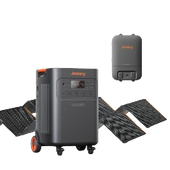
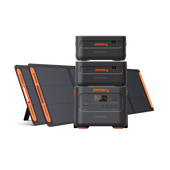
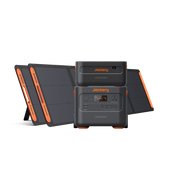
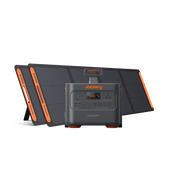

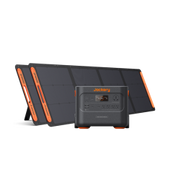
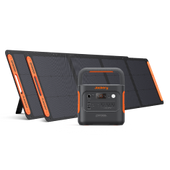

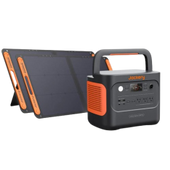

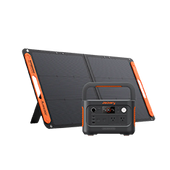

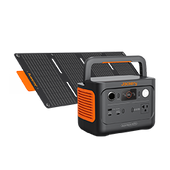
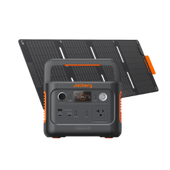
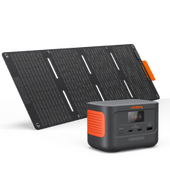
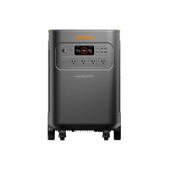

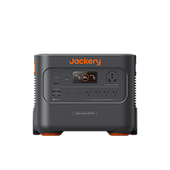
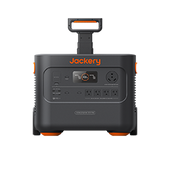
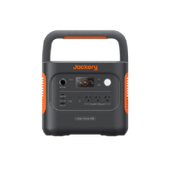
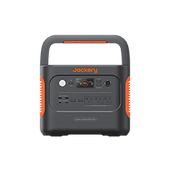
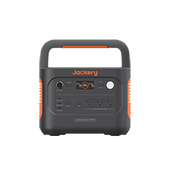
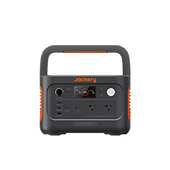
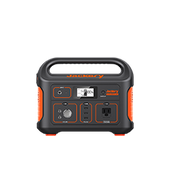
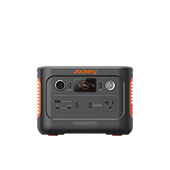

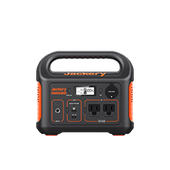
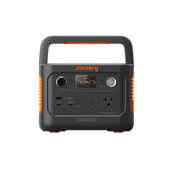
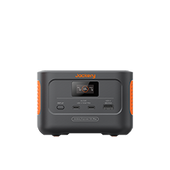
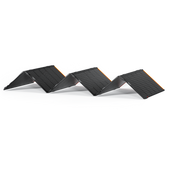
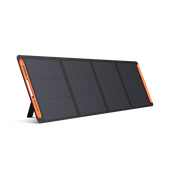
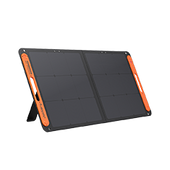
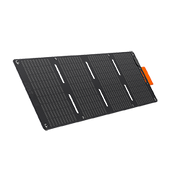

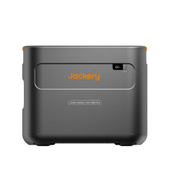
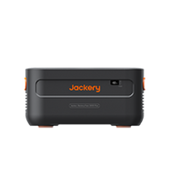
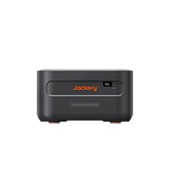

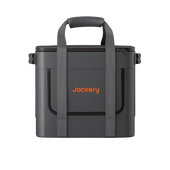
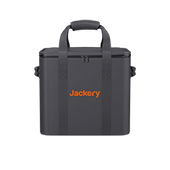
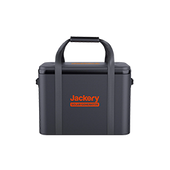
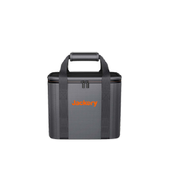
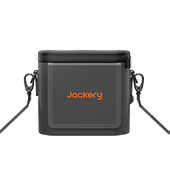
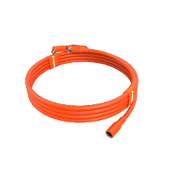
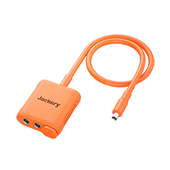
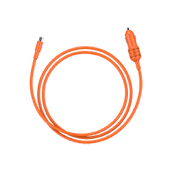

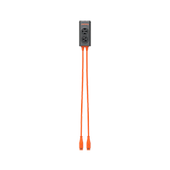
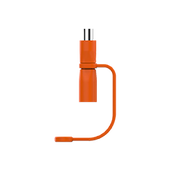
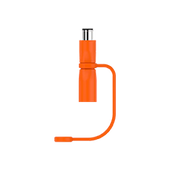
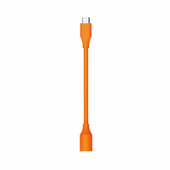
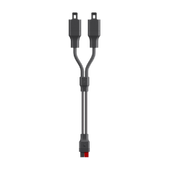
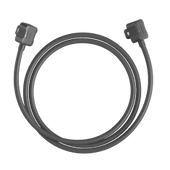

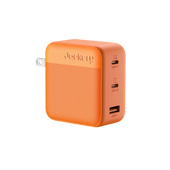

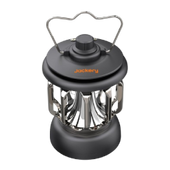


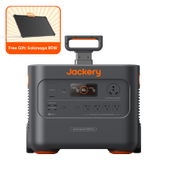
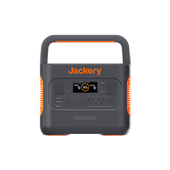
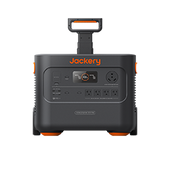
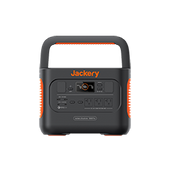
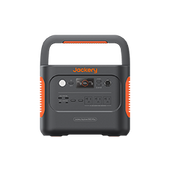
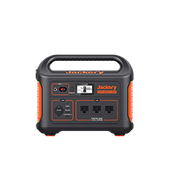
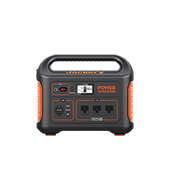
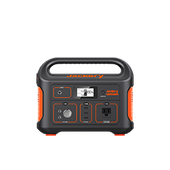
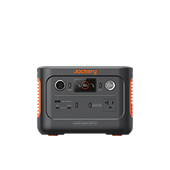
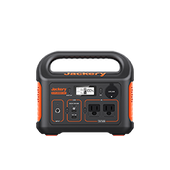
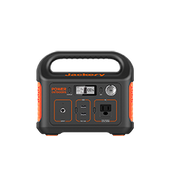
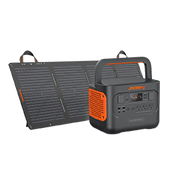
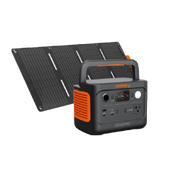
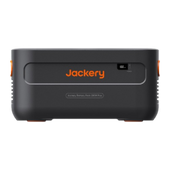
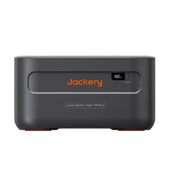


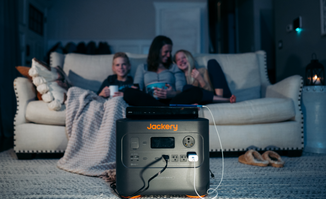

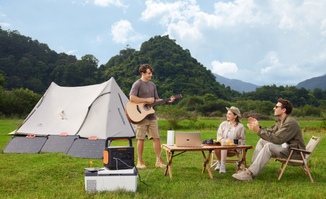
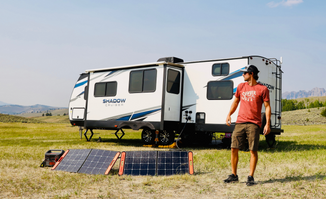
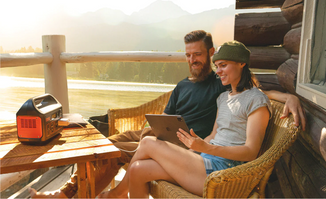
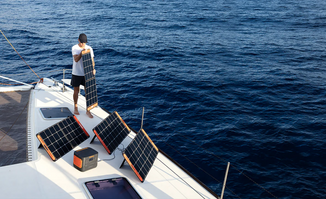
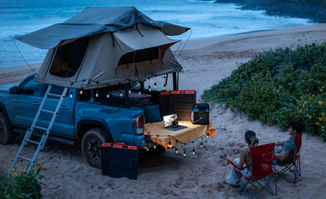
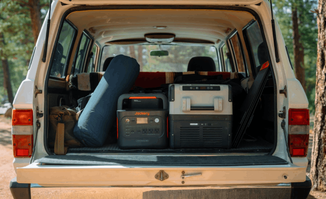

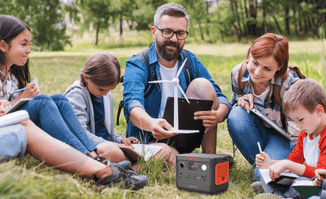
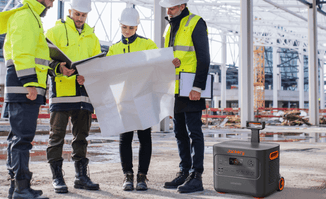


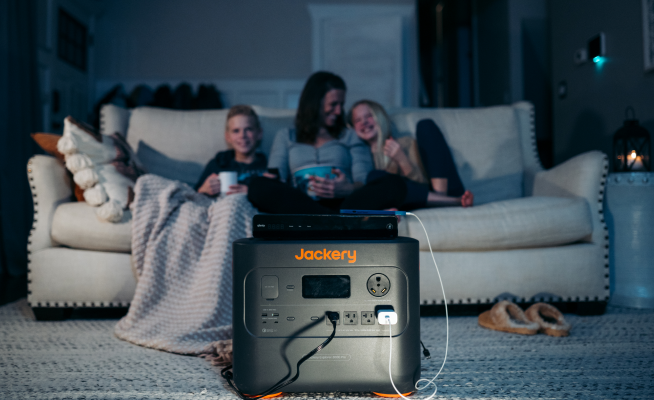

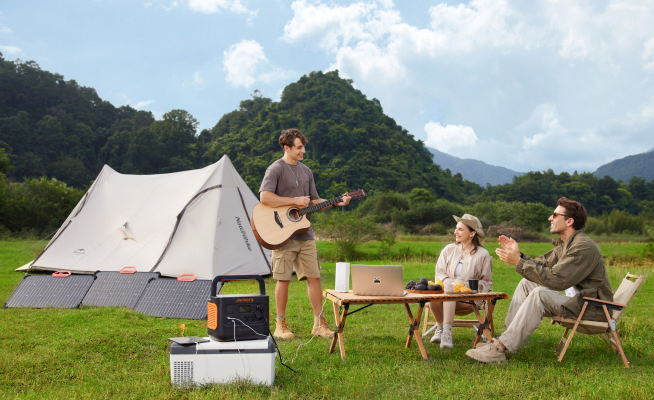
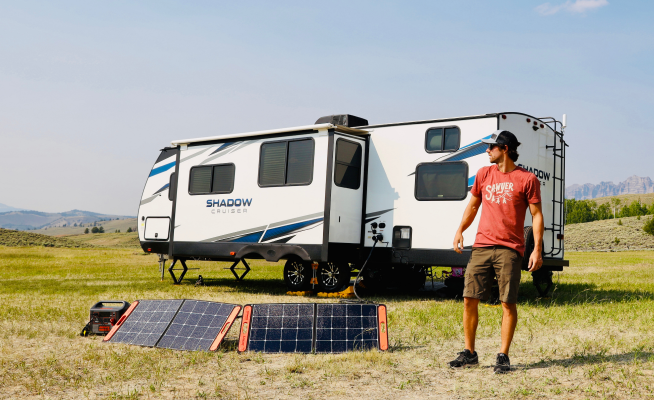
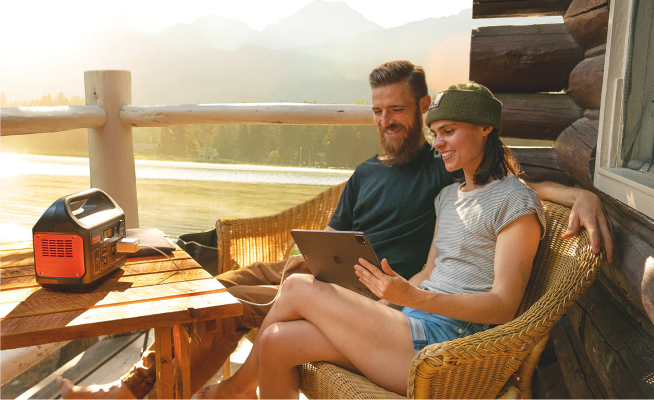
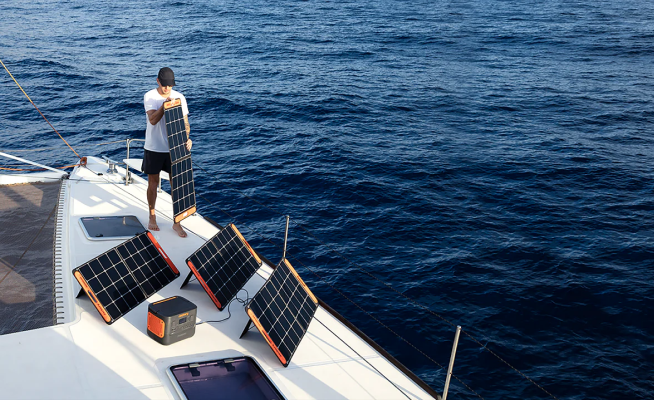
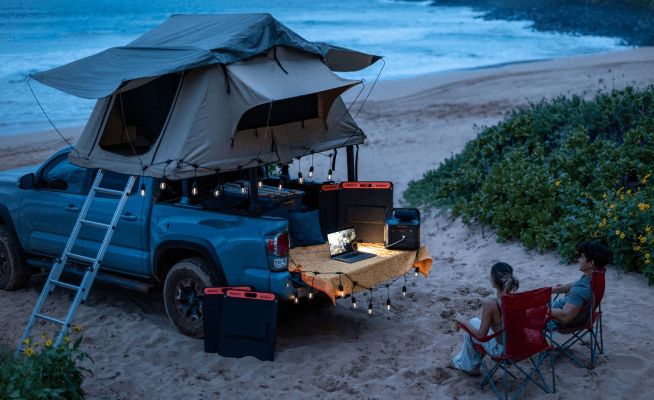
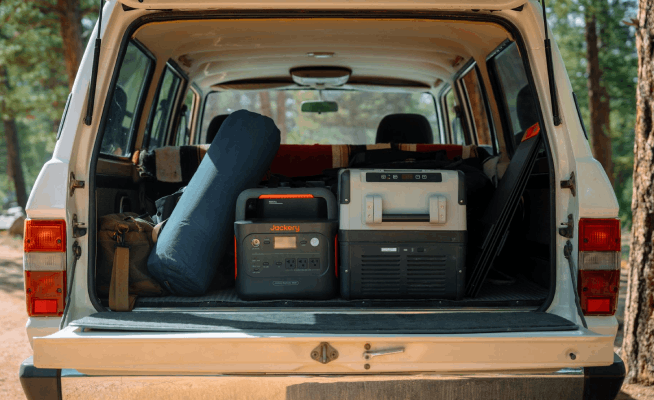
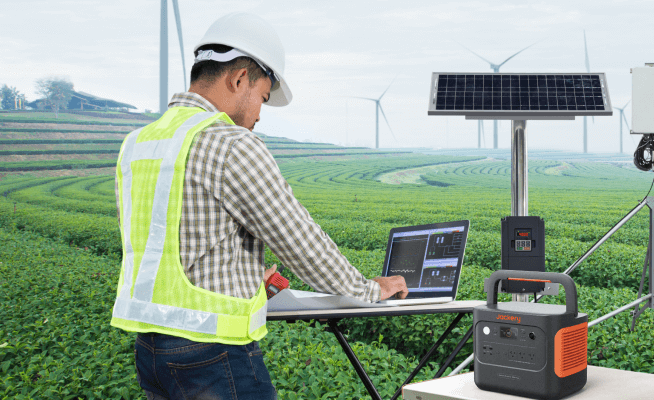
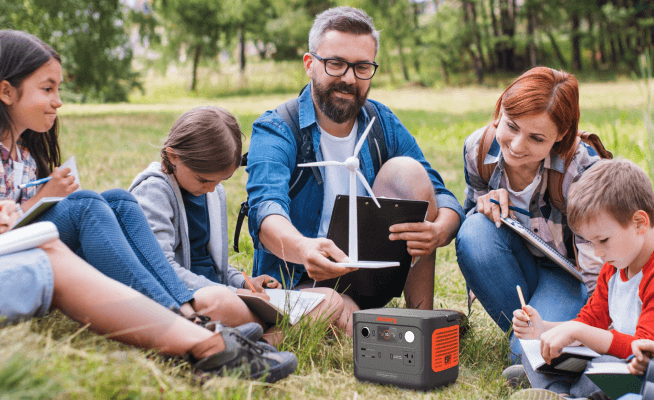
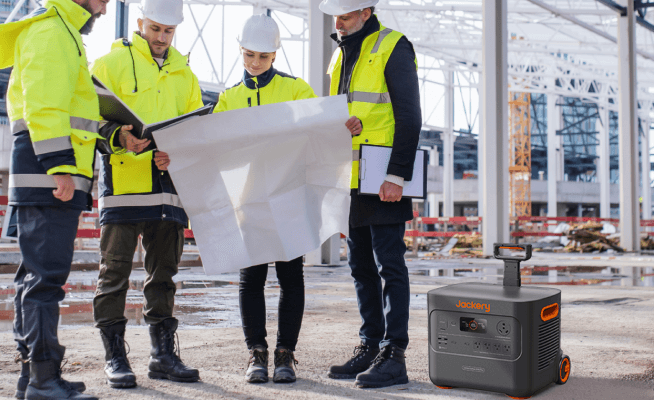










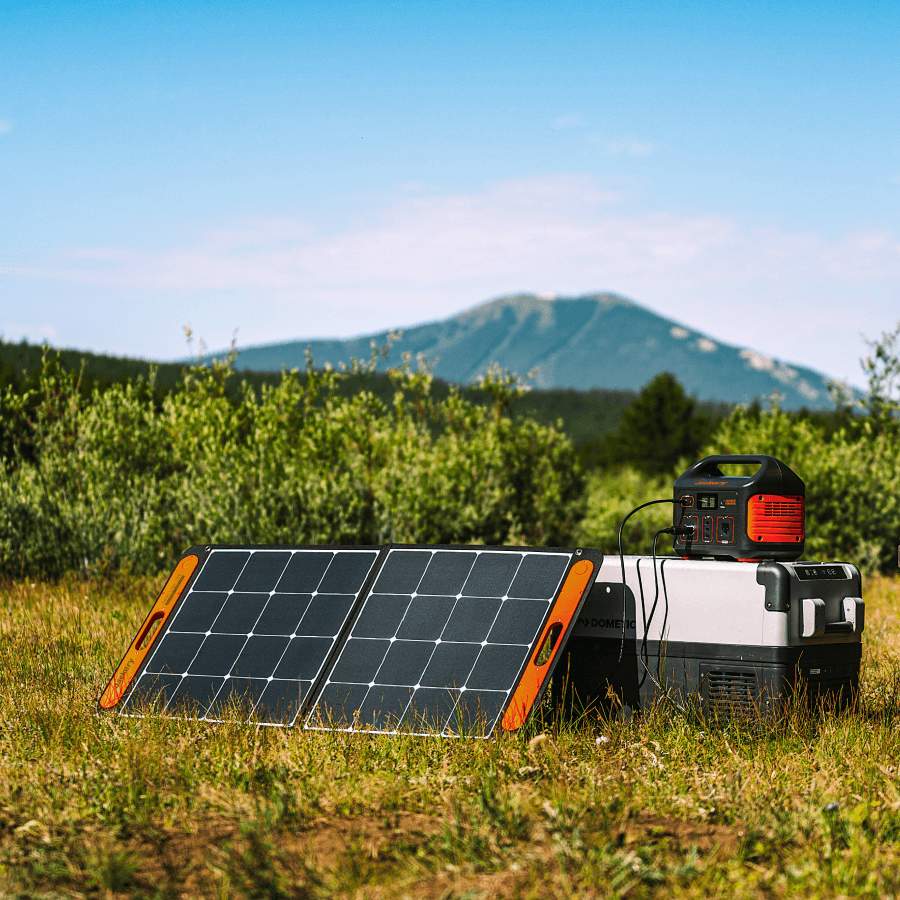
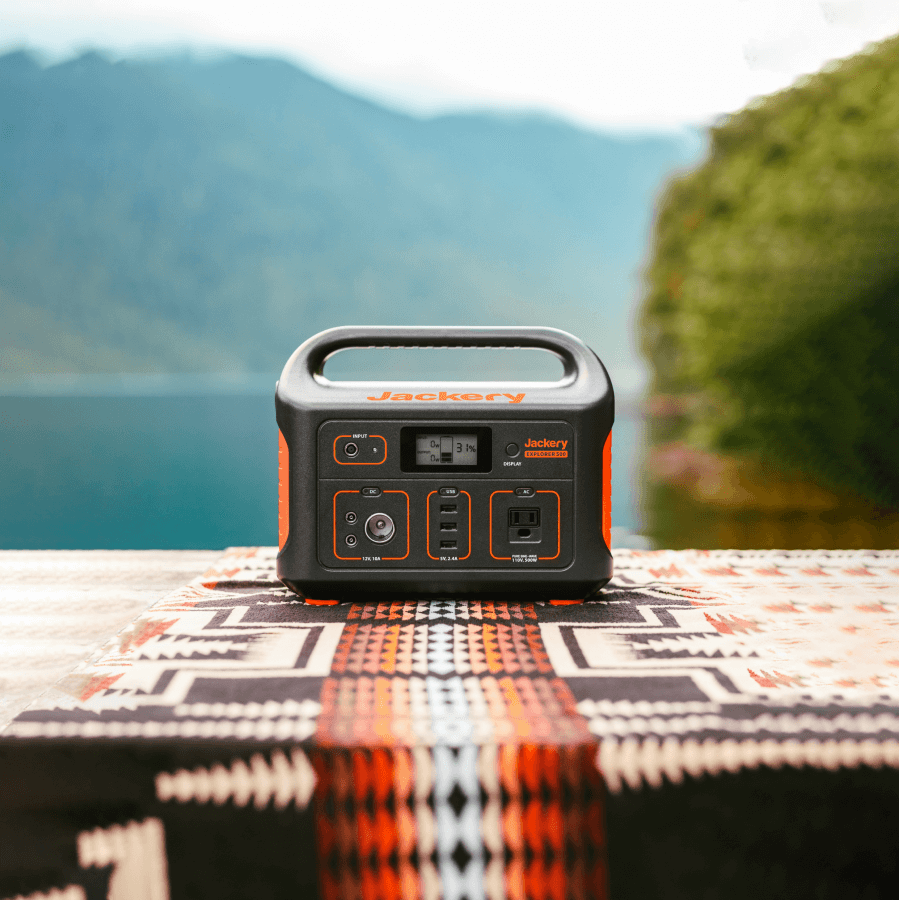
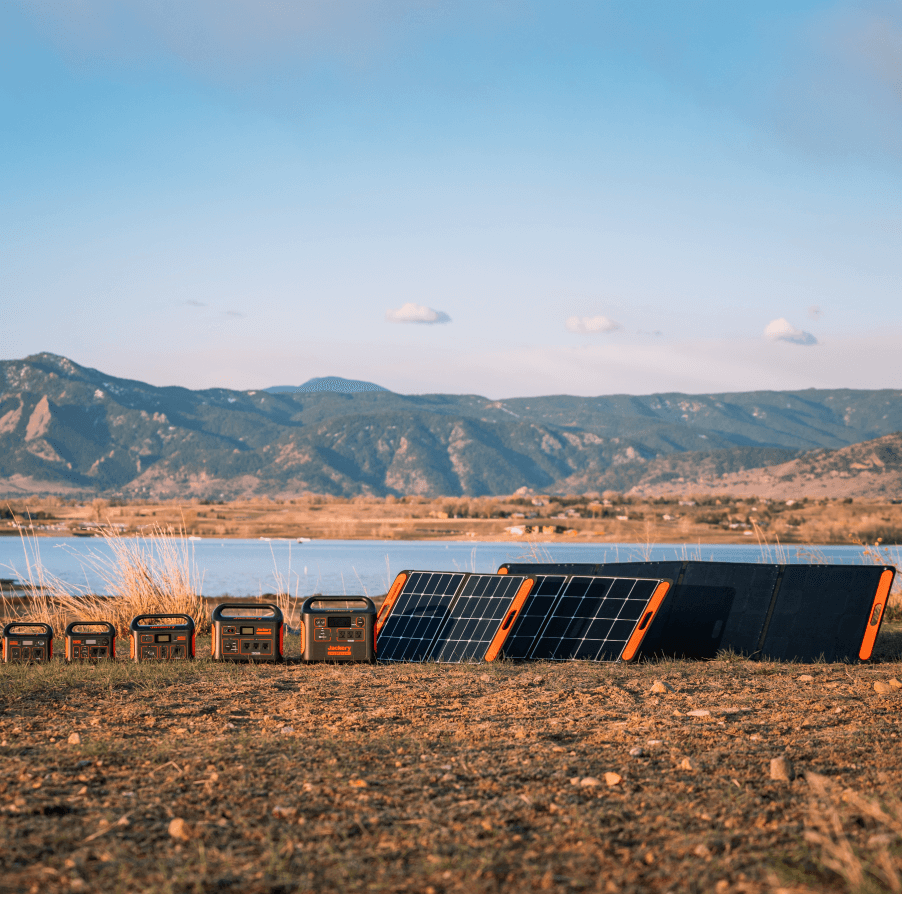
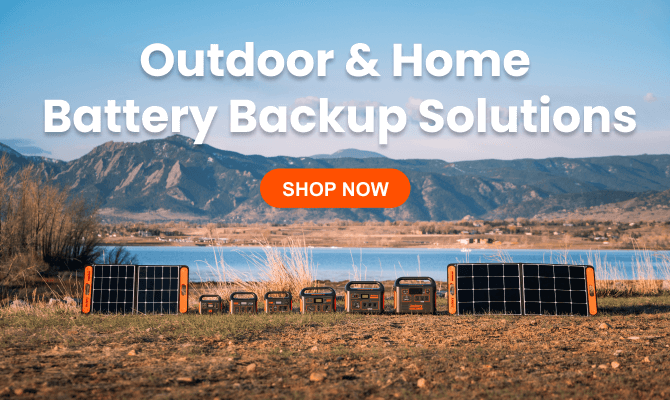
Leave a comment